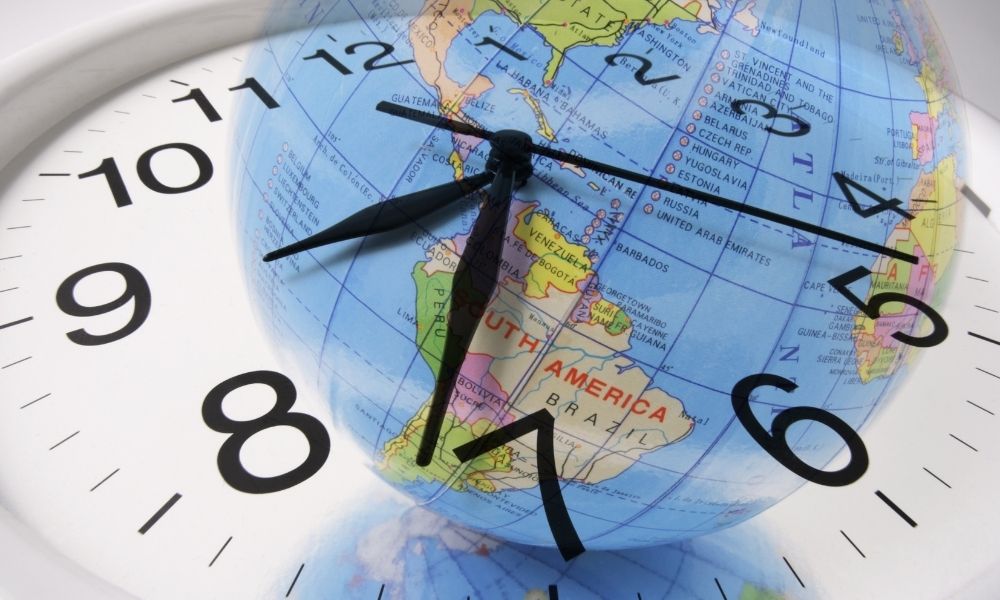The History of Coordinated Universal Time

Network time protocol (NTP) clocks synchronize themselves with Coordinated Universal Time (UTC) information from accurate time servers. How did people arrive at a universal time system in the first place, though? Read about the history of Coordinated Universal Time to find out.
Establishment of Universal Time
In 1884, 26 countries from around the world converged in Washington, DC, in the International Meridian Conference. The purpose of this meeting was to set a specific longitude coordinate on Earth as zero, thereby allowing people in different countries to follow a common system of coordinated time zones. This zero-degree coordinate was called the Prime Meridian, and it intersected with the Royal Observatory in Greenwich, England. This made the local time of that area, Greenwich Meant Time (GMT), the global standard. At this point, people kept time by directly observing astronomy, hence the choice of the observatory. In this way, Universal Time (UT), based solely on the rotation of Earth, came into existence.
Invention of the Cesium Clock
The issue with this method for keeping time was that it was not extremely precise and could be difficult to reference for those who were farther from the Prime Meridian. This is mostly due to the fact that the time it takes the Earth to rotate on its axis actually changes instead of remaining constant. In 1955, however, Louis Essen invented the world’s first cesium atomic clock. This device keeps track of the vibratory changes in the energy state of cesium atoms as it exposes them to radio waves. It records the radio wave frequency that results in the most vibrating cesium atoms as they pass through a tube compartment. That frequency then becomes the basis for a period of one second.
Creation of Coordinated Universal Time
People found that the atomic clock was suitable for use anywhere and that it maintained a high level of accuracy. They used radio to broadcast time signals. Eventually, the Greenwich Observatory, the UK National Physical Library, and the US Naval Observatory synchronized their radio signals, creating Coordinated Universal Time in 1960. The following year, the Bureau International de l’Heure (International Time Bureau) introduced Coordinated Universal Time across the globe, which they established through atomic reference.
Based on the frequency that cesium clocks use to keep track of time, the International Bureau of Weights and Measures (BIPM) defined the International System (SI) second in 1967. They stated that one second is equal to the length of the 9,192,631,770 Hertz, or s-1, frequency of radio waves that cause cesium atoms to vibrate between energy states. Although people now had an exact second to use for time measurements, UTC did undergo further adjustments to take both atomic references and the Earth’s rotation into account. Thus, from 1972 onwards, the International Earth Rotation and Reference Systems Service has added a leap second to UTC when changes in the Earth’s rotation cause UTC to fall greater than 0.9 seconds behind UT.
Make use of this precise system that has taken decades to refine by setting up NTP clocks from Time Machines in your building. Call us today for assistance.
